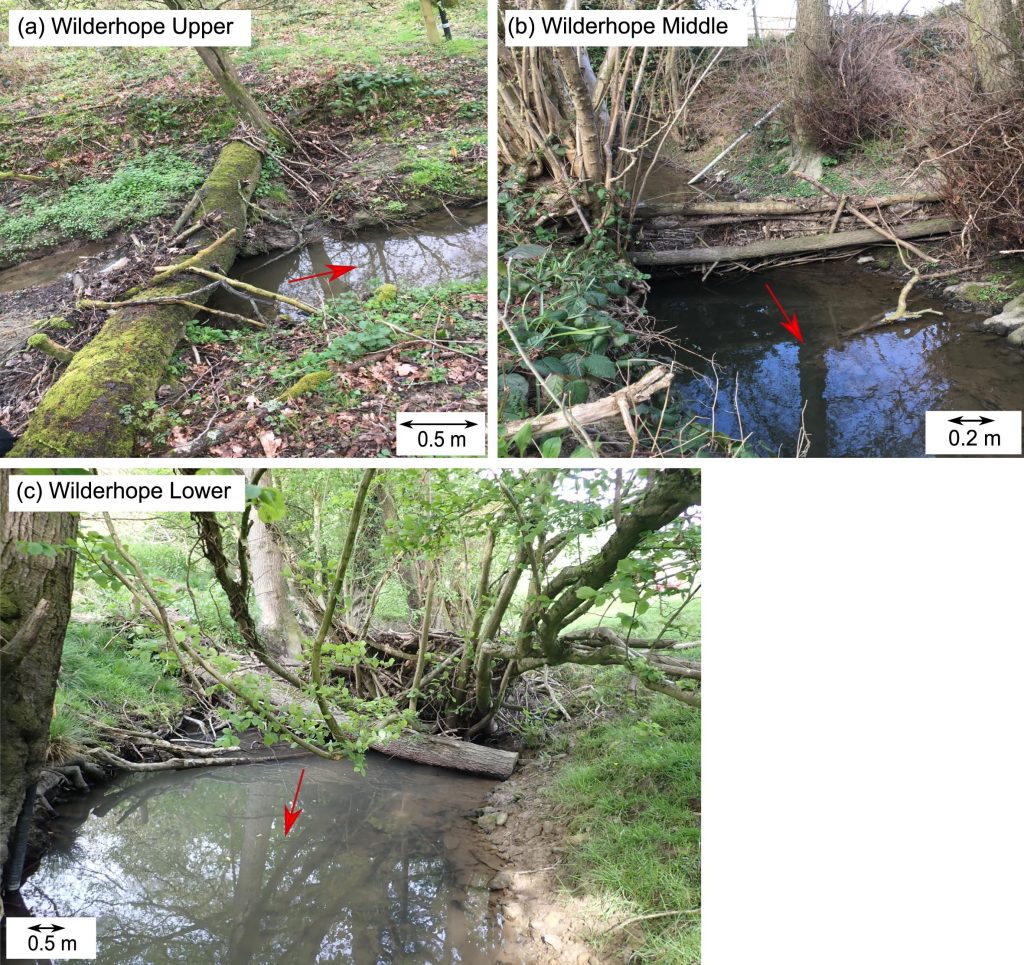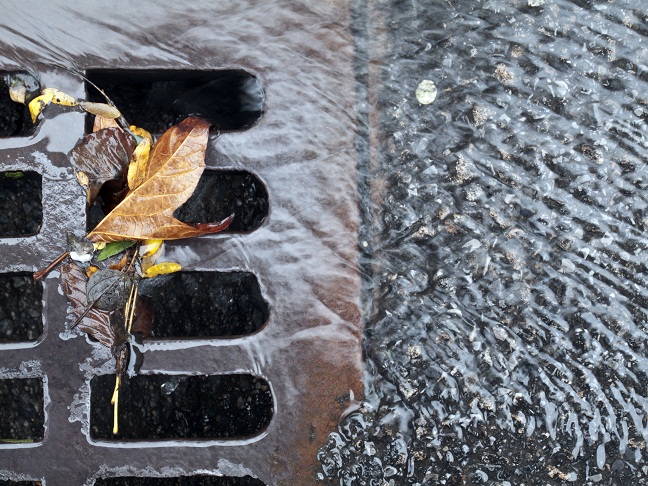Recent research confirms that beavers — sometimes called “nature’s engineers” — have much to teach stormwater professionals about building natural defenses against flooding.
Results of a 2-year river monitoring campaign conducted by environmental scientists from Cardiff University (Wales) and the University of Worcester (England) demonstrate that simple, dam-like river barriers made from sticks and logs can provide significant flood-mitigation benefits for downstream communities during storm events. These so-called “leaky barriers,” which greatly slow but do not completely stop streamflow, are often freely or cheaply built using resources already common to riverine regions. They work by promoting controlled flooding behind the barrier, creating temporary pools of water that otherwise would flow unimpeded into populated areas. The team’s findings, published in the Journal of Hydrology, offer quantifiable evidence that strategically placed leaky barriers can represent a cost-effective flood-control strategy in the right settings.
“Leaky barriers are most effective in narrow channels with steep banks and better at reducing flooding during smaller storm events than during larger ones,” said Catherine Wilson, Cardiff University environmental scientist and study co-author, in a release. “This tells us that they are a valuable addition to existing flood management strategies. Not only that, but leaky barriers also offer a low-cost solution of between £50 and £500 and are a sustainable flood defense which increases biodiversity in our rivers and on nearby land.”
All-Natural Flood Protection
Researchers located a 5.3-km (3.3-mi) stretch of stream in Shropshire, England, which flows from forested areas upstream into flat, rural communities downstream. Mimicking the types of dams that beavers often build, the researchers assembled a system of 105 wooden barriers throughout the stretch. Each barrier consisted only of natural materials harvested from the surrounding area, typically featuring one or two foundational logs that bisected the river channel reinforced by an assortment of smaller sticks. Where possible, the researchers secured the logs to the banks using wooden pegs or rebar.

These barriers were installed between 11 and 50 m (36 and 164 ft) apart and were monitored extensively during a 2-year period using pressure transducers, rain gauges, flowmeters, and drone imagery. The barriers remained largely untouched during this period — the study team intervened only in rare cases when the foundational logs were dislodged, and otherwise allowed the amount of wood, leaves, and debris in each barrier to accumulate and dissipate as they naturally would. Researchers sought a better understanding of whether and how these barriers would attenuate peak flows during storm events of different sizes, as well as to identify specific design elements and placement locations that might maximize their flood-mitigation capabilities.
The stretch experienced approximately 15 storms during the observation period, with the most intense delivering about 41.6 mm/d (1.6 in./d) of rain to the region for nearly 4 days — a downpour expected for Shropshire about once every 4 years. The effect of the leaky barriers on flooding was most apparent during this storm, in which water levels directly behind each barrier rose by as much as 0.8 m (2.6 ft.), but water levels on the downstream side were largely unaffected. These behind-barrier pools then gradually penetrated the dams or circumvented them at a slow, manageable rate that discouraged flooding.
“We show that leaky barriers are effective in slowing down the flow of the river during periods of rainfall, storing up vast quantities of water which would otherwise rush through, causing damage to communities downstream,” Wilson said. “Instead, this force is slowly released over a period of a week to 10 days.”
During the most intense storm, researchers calculated that each dam provided the equivalent of about 102 m3 (3602 ft3) of temporary stormwater storage space on average. Extrapolated for all 105 dams, that equates to approximately 10,700 m3 (377,800 ft3) of additional storage — greater than the volume of four Olympic-sized swimming pools.
Building a Better Barrier
The team’s investigation is just one piece of a long-term, GBP £15-million effort led by the U.K. Department for Environment, Food, and Rural Affairs (DEFRA) to learn more about nature-based flooding solutions. In 2016, DEFRA allocated funding for 60 similar projects and studies focusing on England, each of which entailed robust monitoring requirements. The agency estimated in 2022 that pilot projects kickstarted by this campaign had introduced or improved more than 4,500 green infrastructure measures nationwide, collectively providing approximately 1.6 million m3 (56.5 million ft3)of additional stormwater storage space.
Among the goals of this broader campaign is gaining actionable, data-backed insights into how to optimize green infrastructure. The Shropshire dam system provided several such lessons. According to the study, the best-performing leaky barriers:
- extend high enough vertically to resist overtopping as behind-barrier waters rise;
- are built across deeper, more narrow cross-sections along a river or stream;
- leave space in their design to account for the gradual accretion of wood and natural debris, which improves performance at no additional cost; and
- maintain the right-sized gaps between the bottom of the barrier and the streambed to preserve baseflow and moderate sediment transport.
Read the team’s full study, “Field-based monitoring of instream leaky barrier backwater and storage during storm events,” in the Journal of Hydrology.
Top image courtesy of Drew Tadd/Pixabay

ABOUT THE AUTHOR
Justin Jacques is editor of Stormwater Report and a staff member of the Water Environment Federation (WEF). In addition to writing for WEF’s online publications, he also contributes to Water Environment & Technology magazine. Contact him at jjacques@wef.org.






